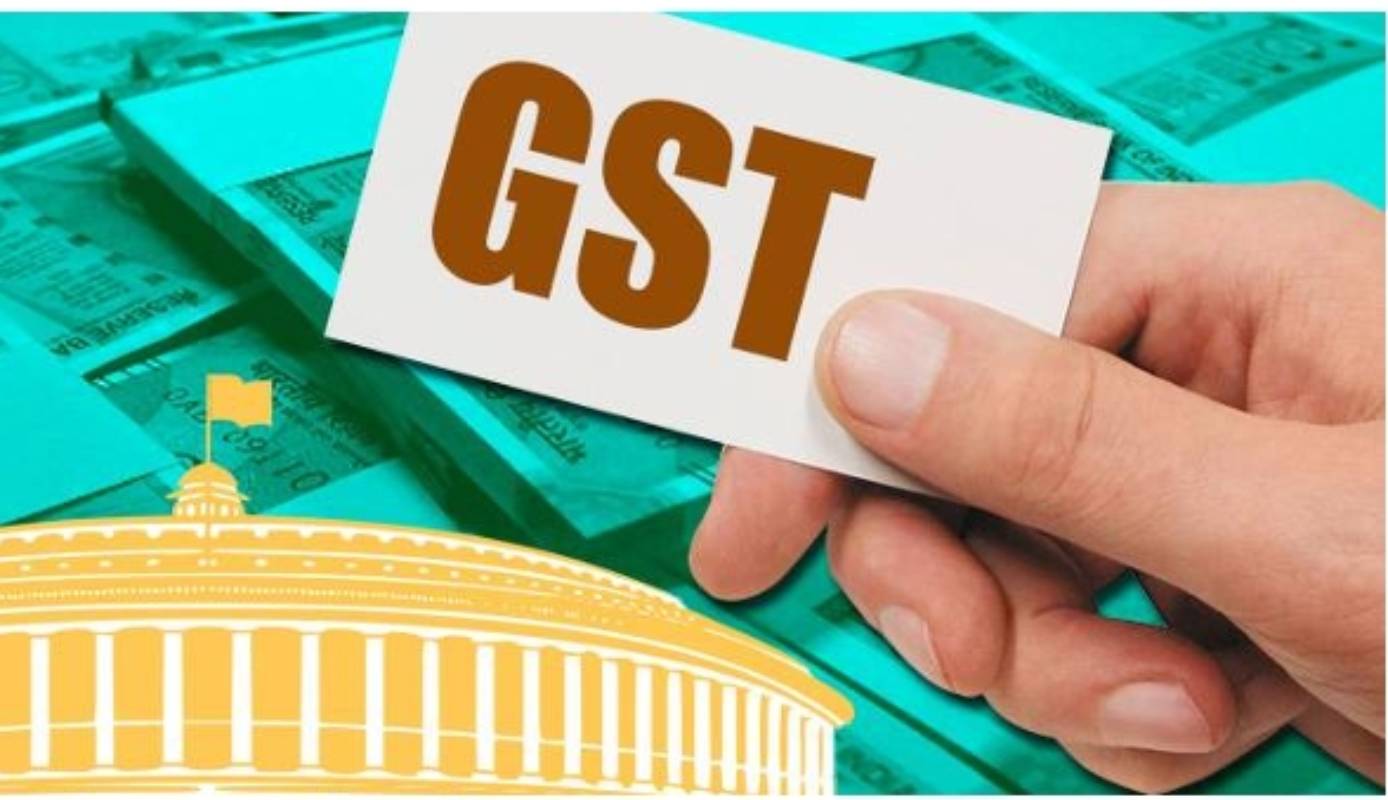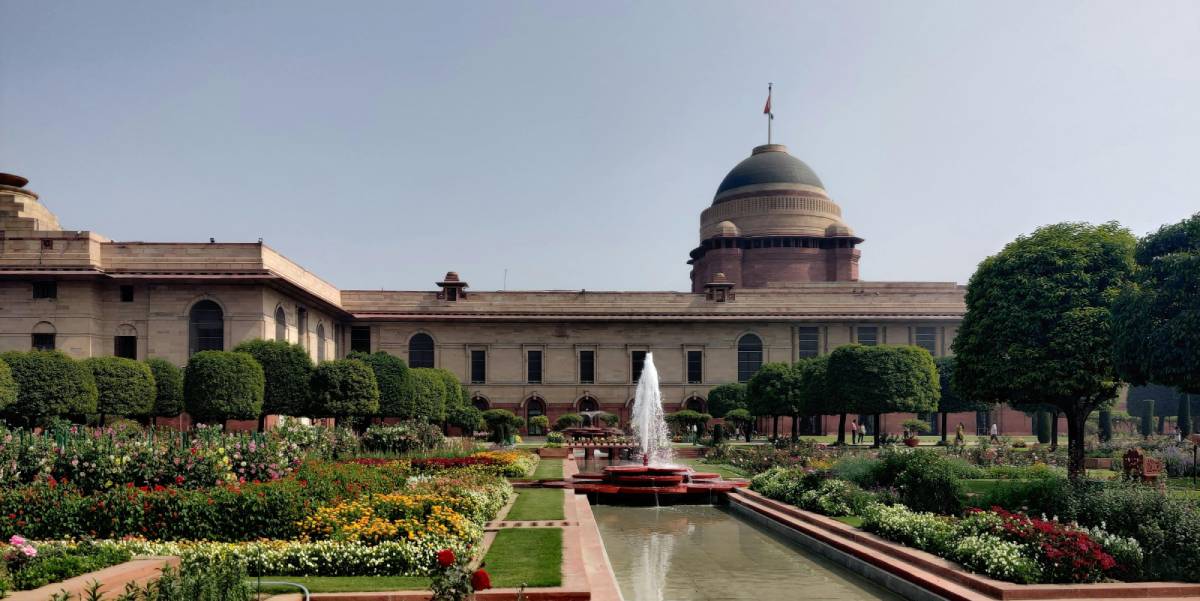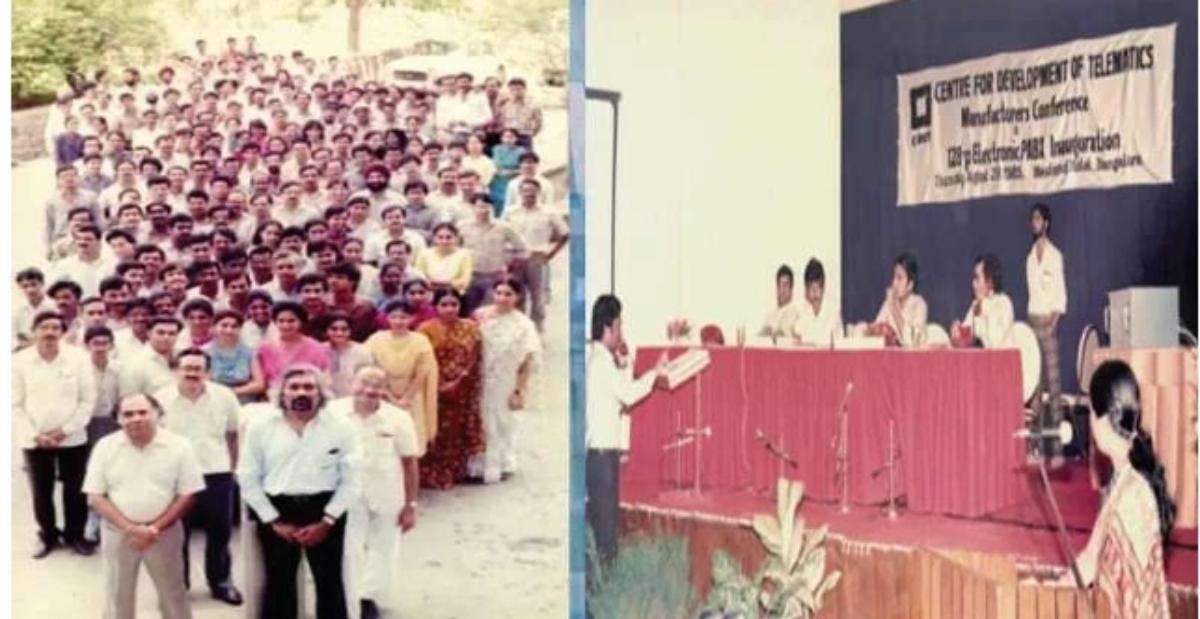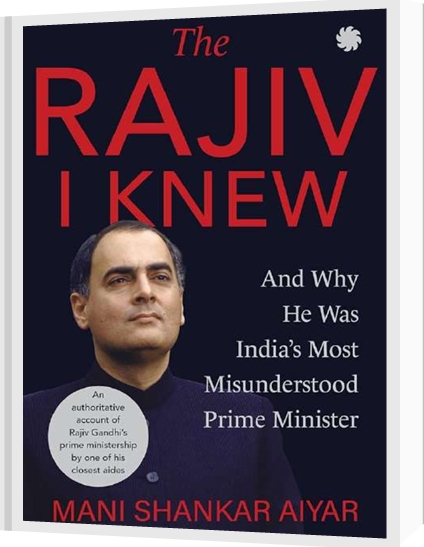The Goods and Service Tax (GST) Council has been hailed as a model federal institution, where both states and the centre are represented, and consensus is arrived through a detailed deliberative process. Until the 38th GST Council meeting in December 2019, there had not been a single instance of voting, despite strong differences of opinion voiced on many issues. They were settled in a spirit of give and take. That acrimonious meeting on the modification of the existing rate structure of lotteries was indeed a sign of changing times. By the end of the following year, the Council was on the brink of a serious disruption with the centre and states sharply diverging in their stand regarding the payment of GST compensation.
The emergence of GST has been the most important event in the history of centre-state relations since the adoption of the Indian Constitution. According to the Constitution, powers to levy personal income tax, corporation tax, excise (other than on alcohol for human consumption), customs duties and service tax were the domain of the centre. The responsibility for taxes on intra-state purchase and sale of goods lay with the respective states. The tax on intra-state trade took the form of sales tax, turnover tax, surcharges, luxury tax and various types of entry taxes. Sales tax, which was imposed at the first point of sale, and for some commodities at multiple points of sale, was replaced by value added tax (VAT). Inter-state sales were subject to the levy of central sales tax (CST), a central tax which was, however, levied and collected by the state in which the transaction originated.
The central excise and service tax and commodity taxes of the states, other than those on petrol and alcohol, were merged into GST, to be jointly administered by centre and state. In effect, the states had to surrender a much higher share of their taxation powers, while the centre was still left with many of its buoyant taxes. Even according to the original constitutional arrangement, the states accounted for only 40 per cent of the combined revenues of governments, and this asymmetry worsened with the passage of GST.
Nevertheless, GST has been hailed by some as an exhibition of robustness of Indian federalism, because this major change was brought about by avoiding acrimonious controversies through elaborate negotiations in a spirit of give and take between centre and states, and between states. The first objective of this paper is to broadly outline this process.
We shall then go on to examine the functioning of GST during the last four years to assess whether the high expectations of GST have been realised in terms of revenue buoyancy, ease of doing business and positive impact on growth. The outcomes have been far from expectations. Worse, the give and take attitude that characterised the run-up to the new taxation system has virtually evaporated.
Finally, we conclude that, based on a review of the experience so far, a comprehensive overhaul of the GST regime is required so that federal concerns are addressed, buoyancy of revenue is assured, and the GST Council truly becomes an institution of federal cooperation.
The Emergence of GST: An Instance of Negotiated Federal Settlement
There was a growing concern about the complexity of the tax maze of multiple taxes and numerous rates of different taxes in states, together with their cascading effects. Sales tax was levied on commodities that had been subjected to excise duty (and at times additional excise duty). Central sales tax was levied in the case of inter-state sales, besides various types of entry taxes. The cascading impact imposed a high burden on consumers and eroded the competitiveness of Indian exports. The buoyancy of sales taxes also exhibited a declining trend. The main reason was that the tax system was officer-centered and could easily degenerate into corruption and inefficiency. The response was to move to the multi-point sales tax system so that the leak could be identified at any of the points by following the trail. It made the system even more cumbersome.
The reforms of the 1990s opened an era of deregulation and delicensing, and private capital began to negotiate to bargain for greater advantages from state governments for locating their investment. The states began to offer competitive tax holidays to attract big private investment, a ‘fiscal race to the bottom’ (Rao and Rao, 2005). Floor rates below which sales tax rates ought not to be reduced were suggested.
Empowered Committee of Finance Ministers and VAT
It was in this scenario that GST was sought to be replaced by VAT for the intra-state trade of goods. Every point of sale above a threshold limit would be a point of taxation, but only net tax, after allowing for input tax incurred at the point of purchase, was remitted, thereby removing the cascading effect. The uniform rates, model procedures and framework of the new tax system were arrived at through the consensual decisions of the Empowered Committee of State Finance Ministers in which all the states were represented by their finance ministers.
Although there was no constitutional compulsion to fix standardised rates, it was remarkable that the states, after elaborate discussions, came to a consensus. The rates were standardised at 1, 4 and 12.5 per cent, respectively. A few years later, they were raised to 2, 5 and 14.5 per cent, respectively. There was strong criticism that in a country like India, with vast diversity, uniform tax rates would not be a desirable tax reform (Mitra, 2003). It was also alleged that the new rates were not revenue neutral. The West Bengal finance minister Ashim Dasgupta was Chairman of the Empowered Committee and played an important role in evolving the consensus. Value added tax was implemented from 1 April 2005 onwards by most states, though some, viz., Tamil Nadu and Uttar Pradesh, implemented it later.
After teething troubles, VAT revenues proved to be buoyant as the new self-policing system mopped up the slack that existed in the tax system. However, after 2012-2013, there was a decline in the growth rates of tax revenue. A major blow to the VAT system was the adverse judgement of the Supreme Court on the levy of entry tax. The VAT tax was an intra-state tax and, therefore, without the entry tax there was no possibility of taxing commodities that were brought from outside the states. This was particularly the case for a consumer state like Kerala. There was a substantial reduction in the growth rate of revenues under VAT in many states, from an average of 16-18 per cent from 2005-2006 to 2012-2013, to 8-10 per cent per annum starting 2013-2014. The expenditure burdens of the states, especially in the revenue account, were downwardly inflexible. This prompted the states to look to expand their tax bases.
Constitutional Amendment and GST
Taxing the service sector, which comprised about 60 per cent or more of the GDP, to a state’s tax base and levying consumption taxes on a destination basis seemed attractive to many states, especially those with a smaller production and manufacturing base. Consumer states such as Kerala with no manufacturing base were severely hit by the abolition of entry tax. A destination tax like GST would bring inter-state purchases for own use also into the state’s tax ambit.
However, under GST, a uniform national tax rate would prevail, and states would have to surrender their right to determine rates. But this was a right that was already surrendered to the Empowered Committee who oversaw the implementation of VAT. What was de facto lost was only going to be lost de jure.
The implication of GST for the states’ autonomy in taxation was an issue that was elaborately discussed in the Empowered Committee. A major decision was the rejection of the suggestion that a single tax be collected by a single authority, and then apportioned between the centre and the states. The Indian GST was to be jointly administered by the centre and the states, with the centre collecting Central GST (CGST), and the states collecting State GST (SGST). In every invoice, both CGST and SGST had to be separately shown, and the taxes so collected paid separately into the accounts of the centre and the states. The GST on inter-state trade (IGST) was to be separately collected.
In this scheme of things, SGST did not directly impact inter-state trade. Therefore, the basic architecture of GST and its input credit chain is not affected by giving states the option to choose a particular SGST within a narrow band. Even though VAT had introduced uniform tax rates throughout India, in practice there existed minor variations between states. It was the general understanding that this flexibility would be carried into GST.
Another key issue was the rate of apportionment of GST rates between the centre and states. Many states had adopted a consistent position during the discussions in the Empowered Committee that the apportionment of rates of GST between the centre and the states should be 60:40. The basis of this argument was that the proportion of state taxes subsumed was 44 per cent as against 28 per cent in the case of the centre. The centre still has other buoyant sources of tax revenue as well.
A third set of issues relating to GST and the rights of states concerned tax administration. What would be the relative role of the state and central tax departments in the administration of the new tax? The threshold limit for central excise was Rs. 1.5 crore and, therefore, the discussions in the Empowered Committee almost took it for granted that the smaller suppliers with a turnover of less than Rs. 1.5 crore would be within the primary domain of state administrations, while the centre and the states would share the larger suppliers equally. The data crucial to the implementation of the new tax would be managed by a public limited company whose shares were held equally by the states and the centre.
There was near consensus in the Empowered Committee on the foregoing issues until the middle of 2010. Then, initially, a few Bharatiya Janata Party (BJP) state governments, led by Madhya Pradesh, began to dissent, protesting that GST infringed on the states’ interests. Even though the BJP had included GST in its election manifesto, very soon all the BJP states, including Gujarat, joined hands to block any further action on GST implementation. Since then, the discussions in the Empowered Committee came to be limited to VAT issues, and discussions on GST dragged on.
However, the BJP reversed its position after it came to power at the centre in 2014. Paradoxically, agreement on all the issues that had been raised in the Empowered Committee, and around which a broad consensus had emerged, was given short shrift and the Constitution (122nd Amendment) Bill was introduced in the 16th Lok Sabha, in December 2014, for the introduction of GST, and was passed by the Lok Sabha in May 2015. The Bill, with certain amendments, was finally passed in the Rajya Sabha and thereafter by the Lok Sabha in August 2016. Further, the Bill was ratified by the required number of states and received the assent of the president of India on 8 September 2016. It was enacted as the 101st Constitution Amendment Act, 2016.
The GST Council was also notified on 12 September 2016. It was to give final shape to the new tax system within the framework legislated by Parliament. Once the constitutional amendments had become a reality, there was little room left for manoeuvrability and bargaining. Nevertheless, the spirit of the Empowered Committee continued to prevail. Even though there were serious differences of opinion on many issues-the division of administrative powers between the centre and the states, standard rates, compensation mechanism, rate split between centre and state-consensus decisions were always arrived at through extensive discussions. More than two dozen Council meetings, most of them extending more than a day, took place before GST was formally ushered in from 7 July 2017.
GST: The Unrealised Expectations
Even four years after the implementation of GST, the IT backbone for its full execution was not in place. Tax buoyancy has been far below expectations and with COVID-19 the shortfalls have ballooned. Compensation payments were delayed and in arrears. And, now, as the compensation guarantee period is ending, most states are at the precipice of a sudden fall in revenue and an inevitable fiscal crisis. There is a want of dialogue on these issues-the GST Council failed to meet for more than six months at a stretch in 2020-2021, and when it finally met, some of the veterans of the Council openly complained of the undemocratic manner in which business was transacted. The discussions have degenerated to party alignments. A former union finance minister, who had always been supportive of the GST, even feared that a time would come to script an elegy for Indian GST. What went wrong?
Revenue Buoyancy
The Achilles heel of the new system has been its failure to increase revenue buoyancy. As a result, the vertical fiscal imbalances between the centre and the states have worsened. There are many factors that have contributed to the decline in revenues, the most important being the ad hoc downward revision of GST rates in 2019.
The GST Council had spent many meetings carefully drawing up Revenue Neutral Rates (RNR) for taxing goods and services subsumed under GST to prevent a fall in revenues. A rate structure of 0, 0.25, 3, 5, 12, 18 and 28 per cent was adopted. However, even before the new rates could stabilise, politically motivated tinkering with the rate structure started. With an eye to the impending elections in one of the GST Council meetings, the 28 per cent bracket was virtually eliminated by moving the majority of taxable goods and services to 18 per cent rates, and many goods in the 18 per cent bracket to 12 per cent. The standard rate under the GST regime is 18 per cent. This implies that the standard rate for the states has now fallen to 9 per cent. It may be remembered that the standard VAT rate was 14.5 per cent. This is, in principle and in practice, not revenue neutral for the states.
Issues of Tax Administration
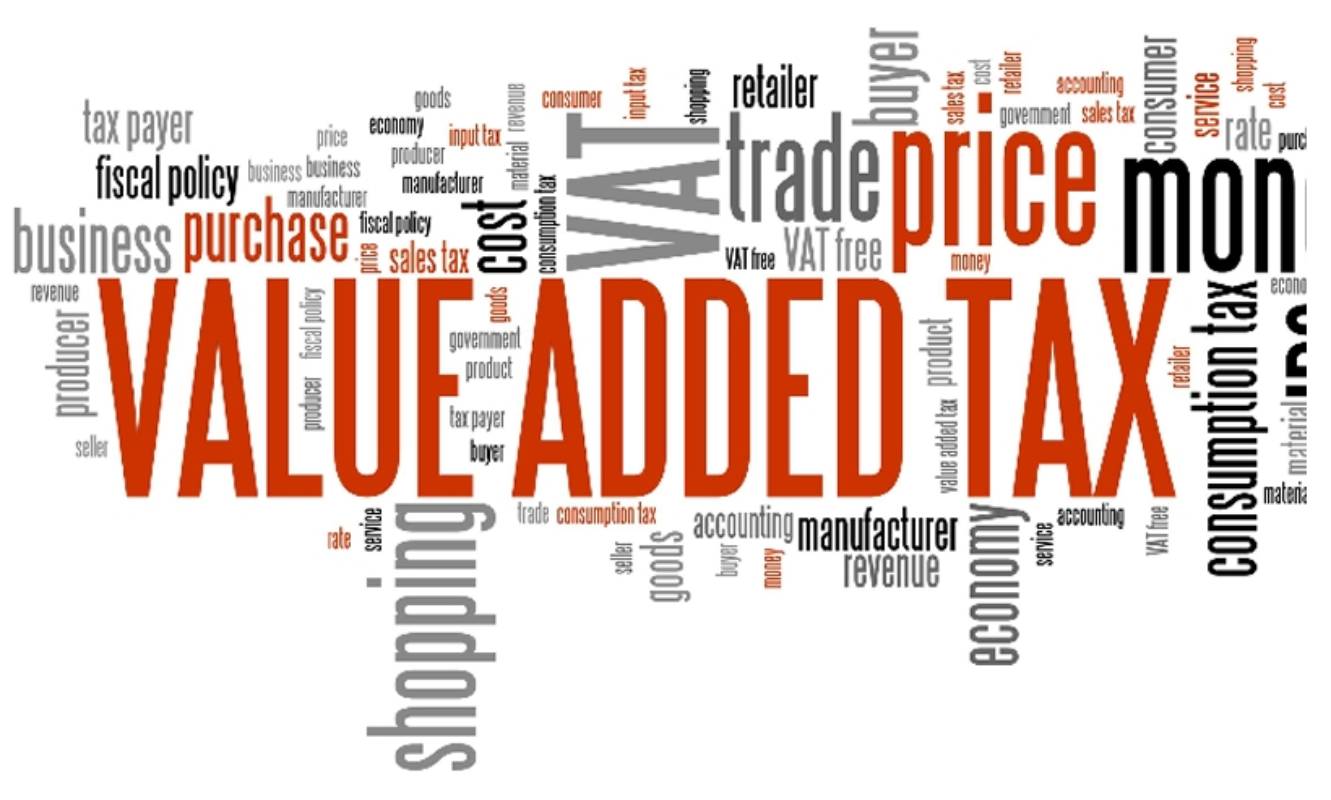
The major disappointment was the functioning of GSTN and the lacklustre performance of the IT backbone. For a whole year, tax collection was based on a summary statement submitted by taxpayers (GSTR 3B) from which it is not possible to verify the veracity of input credit claims, which is generally believed to be excessive. There was much delay in finalising the final format of tax returns. Not only has this led to substantial leakage of revenue but also the piling up of export refunds.
The delay in the implementation of the E-Way Bill and the immediate abolition of check posts resulted in substantial tax evasion, especially in inter-state trade, where there was no effective mechanism to check flow of goods in the interregnum between the abolition of check posts and implementation of the E-Way Bill system.
An important issue that needs mention is the new burden of compliance on small traders (Isaac, et al., 2019). The basic exemption limit under the previous central excise tax was up to ₹1.5 crore. With GST, the centre will be able to tax retail sales above the exemption limit of ₹20 lakh. Dealers with a turnover up to ₹1.5 crore can now opt for the composition scheme (earlier the limit was ₹75 lakh), but they cannot get input tax credit for purchases from registered dealers. This would restrict their purchase choices and could also compel small traders, who fall within the limits of composition levy, to opt for the regular procedure and the rigours associated with it. Even though this is a hardship for smaller dealers, it is a substantial expansion of the tax base for the union.
The Compensation Controversy
The uneasy relations in the GST Council reached its nadir with the controversy over GST compensation payment. The introduction of GST meant a substantial loss of taxation powers of the states. To sweeten this loss, the centre guaranteed a minimum annual increase of 14 per cent in GST revenue. In case there was a shortfall in revenue for any state, that state would be compensated through collections made from a special compensation cess imposed on selected commodities. This was enshrined in the constitutional amendment. A special Act was also passed by Parliament in this regard.
The issue was discussed at length in the Empowered Committee, the GST Council, and even Parliament. The ticklish question was how compensation payment would be made in case there was too severe a shortfall in revenue and there was no money in the Compensation Cess Fund. To quote an instance, this was how the union finance minister responded:
The Secretary stated that Section 8(1) of the draft Compensation Law provided that cess could be collected for a period of five years, or such period as may be prescribed on the recommendation of the Council. He stated that this implied that the Central Government could raise resources by other means for compensation and this could be then recouped by continuation of cess beyond five years. He stated that the other decisions including the possibility of market borrowing for payment of compensation was part of the Minutes of the s” Meeting of the Council (held on 3rd and 4th January 2017) and need not be incorporated in the Law. The Council agreed to this suggestion.
However, the union government announced in the budget speech of 2020-2021 that hereafter ‘the transfers to the fund would be limited only to collection by way of GST compensation cess’. This was a negation of the repeated assurances that were given to the states in the Empowered Committee, the GST Council and Parliament.
The understanding was that if there was a shortfall in the collection of GST Cess Fund, it would be made good by way of central government borrowing, to be recouped by extending the compensation cess beyond the stipulated five years. It took nine months of acrimonious wrangling to get the centre to agree to borrow at least part of the fund requirement.
Even before COVID-19, it was clear that, given the lacklustre performance of the economy and maladministration of GST, revenue growth would be far below the 14 per cent envisaged in the compensation law. The Chairman of the Finance Commission even suggested in the 37th GST Council that the states should revisit the compensation formula which, of course, no state was willing to do. With the outbreak of COVID-19, the anxieties of the states grew manifold. The total shortfall in GST revenue from legally protected revenue, in 2020-2021, was expected to be ₹3 lakh crore. The only solution was to borrow to meet the shortfall and repay it by extending the cess collection.
There were two key issues: Who should borrow? How much to borrow? In the 41st GST Council meeting, a discussion went on for over eight hours. Fifteen states suggested that the centre should borrow, and that full compensation ought to be paid. But at the end of the meeting, without any reference to the discussions thus far, the central government placed two options before the states to choose from.
Option 1 introduced a new concept of dividing the revenue losses on account of implementation of GST and due to the pandemic. The compensation ‘due to the pandemic’ would be deferred to post-2022. Events like recessions, pandemics, demonetisation, etc., were never considerations when the compensation formula was devised. The Compensation Law clearly defines how compensation is to be calculated and it has no reference at all to any force majeure conditions. In the second option, the entire shortfall was to be borrowed by the states and the interest burden was to be paid from their consolidated fund. No state even wanted to consider this option.
The centre also argued that the Attorney General for India had stated that the central government was not legally bound to compensate the states from the Consolidated Fund of India. Given the history of the discussions and the consensus reached by the states and the centre regarding compensation, bringing up these types of arguments to coerce the states to accept one of the two options was the lowest point in centre-state fiscal relations.
In the 42nd GST Council, it was announced that 21 states had already opted for Option 1. Nine states rejected both options. There are three cardinal principles on which dissenting states have objected: (i) there can be no bifurcation of revenue shortfall for compensation purposes, as due to the pandemic or due to the implementation of GST. The entire shortfall needs to be compensated; (ii) the centre ought to borrow, given its better capacity and ability to gain better terms, and administrative ease of borrowing; and (iii) compensation cannot be linked to normal borrowing or the additional borrowing limits allowed to the states. Both options infringed upon these principles and were unacceptable to the dissenting states.
It was clear from the Attorney General’s opinion that a decision of the Council was necessary to extend the cess collection and also for the deferment of compensation payment beyond five years. The Council decided to extend the cess collection, but no such decision was made with respect to the deferment of compensation payment. The demand for a formal decision in the Council was not heeded in the name of consensus. If such a decision was made, it would have been binding on the states which did not accept either option. These states would have continued to agitate the issue through the grievance redressal mechanism or other means. Instead of adopting such a democratic procedure, the meeting was concluded without any decision, ostensibly for lack of consensus. An announcement was then made at the press conference that choosing neither of the options would mean no compensation.
It would appear that better sense prevailed, and the centre expressed its willingness to borrow through a special window and provide back-to-back loans to states in lieu of compensation. The dissenting states have all welcomed the move-at least, the demand that the central government should borrow was met. However, the whole controversy has been a severe setback for the cooperative federal traditions that have been laid down since the time of the Empowered Committee.
Time to Revisit GST

The review of GST from the perspective of federalism assumes importance, particularly in the context of growing fiscal imbalance in the Indian federal structure. The trend has accelerated in recent years with the Fiscal Responsibility and Budget Management Act, and a tendency on the part of the centre to unilaterally set terms of reference loaded against the states (Isaac, et al., 2019).
Indian GST has been designed through a consultative process between the centre and the states, and jointly administered by them. In this sense, it has the potential to be an ideal federal tax. However, this brief review of the experience thus far underlines the importance of revisiting GST. The constitutional amendment has only created the broad framework for the introduction of GST in the country. Within that constitutional framework it is still an open question whether we can have a GST which is more responsive to the concerns of the states and the people.
To achieve this, four key reforms are necessary. First, on state flexibility to tailor SGST rates, GST can be viewed as an extension of the VAT principle on the national scale, with most of the other indirect taxes of the states and service and excise tax of the centre subsumed in it. Even though VAT had introduced uniform tax rates throughout India, in practice there existed minor variations between states. It was the general understanding that this flexibility would be carried into GST.
In the GST law adopted by Parliament, the only flexibility that was permitted was the right of the states to impose a special cess for a definite period in extraordinary circumstances, such as a natural calamity, and even that with the approval of the Council. As has been clarified, the states need to be given the right to modify SGST within the narrow band to introduce some level of federal flexibility into the GST.
Second, the share of the centre and the states in the GST that is levied, the equal apportionment of GST rates (on a 50:50 basis) between the centre and the states is unjustified, given the revenue shortfalls for the states. Now, from most of the commodities which were taxed at 14.5 per cent under the VAT regime, the states receive only 9 per cent, which is 50 per cent of 18 per cent GST, that too on a base which is devoid of CST and union excise duty. The centre still has many other buoyant direct taxes and customs duties, which is not the case for the states. So, the states have been permanently handicapped by the reduction of the standard rate. This logic for the apportionment of GST rates in a 60:40 ratio between the states and the centre had been recognised by the Government of India Committee on Revenue Neutral Rates. This must be implemented.
Third, the clamour for merging the present multi-rate GST into a single-rate one if attended to would result in further deterioration of GST revenue collections. As we have seen, even with the present structure, there is a substantial rate fall for most commodities. If there is movement to a single rate, GST would lose even the semblance of progressivity in an otherwise regressive indirect tax. Tax rates on consumer durables and urban consumer products are the ones which have seen the sharpest decline. It is these same products which would further gain if the demand for a maximum ceiling rate of 18 per cent is accepted. The problem of multiplicity of rates is exaggerated. One only needs to think of the rate structure that existed before the GST to realise the extent to which the tax structure has been simplified. Given the high levels of income inequality and mass poverty in the country, it is preposterous to suggest a common rate of tax for grain flour and luxury vehicles. The ideal of equity ought to be considered at least as important as ease of doing business. Excessive simplification is anathema to fairness.
Fourth, the institution of the GST Council needs to be revisited. The Empowered Committee of Finance Ministers existed even under the VAT regime. But there is a crucial difference with the GST regime: the uniformity of tax rates, which was suggested and implemented based on recommendations of the non-statutory Empowered Committee of State Finance Ministers, would now be decided by a constitutional body: The GST Council of Union and State Finance Ministers, constituted under Article 279A of the Constitution. They are forced to abide by the decisions of the GST Council where no decisions can be made without the concurrence of the central government, not even if all the states take a united position. All the decisions of the Council require a three-fourths majority and the central government holds one-third of the votes. Recent events underline the importance of re-evaluating the institutional framework and practices of the GST Council.
With these four reforms, the GST may be able to live up to its original promise of being an ideal federal tax. Without them, it may reduce the Indian union to one that pays lip service to federalism and sharing between the centre and the states, but defies it when it comes to the issue where sharing matters most- government revenue.
References
- Isaac, Thomas, R. Mohan and Lekha Chakraborty. Challenges to Indian Fiscal
- New Delhi: Left Word Books.
- Mitra 2003. The Great VAT Robbery’, https://www.rediff.com/news/2003/
- may/08mitra.htm.
- Rao, M. Govinda and Kavita Rao. 2005. ‘Trends and Issues in Tax Policy and
- Reforms in India’, Brookings Papers on Economic Activity, 2 (1).

